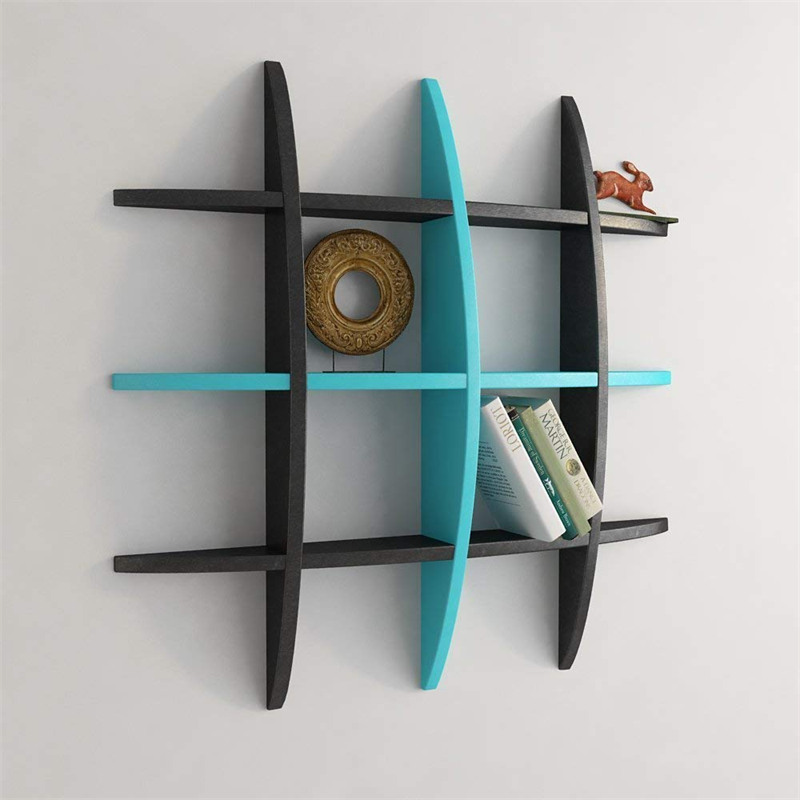HC Security Network News Today, the rapid development of things, but things are a great concept, applied to a wide variety of industries. So for the security industry, how to apply the Internet of Things can help the development of security, and in which product lines or application scenarios of security can the Internet of Things have more room to play? The following small series to bring you to analyze, how to use the Internet of Things to help security development.

The new Bluetooth standard is announced, and the Internet of Things will look forward to a breakthrough.
Not long ago, the Bluetooth Technology Alliance (SIG) officially announced the new Bluetooth5 standard, and the new Bluetooth5 standard is expected to be officially released from late 2016 to early 2017. Its transmission speed and transmission range performance are twice and four times that of the previous generation standard. The latest version of Bluetooth 5.0 (Bluetooth 5.0; BT5) will significantly expand the range of personal area networks (PANs) and mesh networks, and further challenge Zigbee technology in the home and building automation arena. In the long run, vendors and analysts are calling for interconnection between different networks to enable interoperability in the emerging Internet of Things (IoT).
For smart homes and buildings, coverage is critical, and speed is expected to be faster and better. Cypress is now sampling new Bluetooth chips, extending the connection range to 400 meters with built-in boost power amplifiers. , but at the cost of higher power consumption. According to the SIG, there will be nearly 3 billion Bluetooth hardware shipments this year, which will reach 5 billion units by 2020, and will account for one-third of the nodes in the Internet of Things.
According to ABI Research, Bluetooth currently has a market share of approximately 8% in the smart home market and is expected to grow by more than 26% by 2021. However, Zignani pointed out that "802.15.4-based solutions, such as ZigBee and Thread, are expected to grow strongly, growing rapidly from less than 17% of the market, and are expected to reach nearly 30% by 2021."
Editor in charge: Wang Xun
IoT helps multi-faceted intelligent buildings
Intelligent building is a building-based platform that combines construction equipment, office automation and communication network systems, and optimizes their structure, system, service and management according to user needs, providing users with an efficient, comfortable and convenient humanity. Building environment. According to different functions, it can be divided into Building Equipment Automation System (BAS), Communication Automation System (CAS), Office Automation System (OAS), Safety and Security Automation System (SAS) and Fire Automation System (FAS), ie 5A. It is the foundation of intelligent buildings. Using the Internet of Things technology, these five independent systems can be connected to achieve information sharing and unified management.
The intelligent building contains multiple subsystems such as air conditioner, lighting, water supply and drainage, etc., using the Internet of Things technology, through sensors, controllers and other equipment, can real-time control of the operation of each subsystem in the construction equipment, in addition, through the control program in the monitoring system It can also realize the automatic optimization operation of the system. Once a system failure occurs, relevant information can be reported in time. At present, people pay more and more attention to environmental quality, and the quality of environmental quality directly affects people's physical and mental health. Through the Internet of Things technology, the environmental parameter information of the building interior is transmitted in real time through various environmental monitoring sensors such as light, temperature, humidity and noise distributed in the building, so that relevant managers can grasp the environmental quality of the building indoors in real time. At the same time, through the linkage of air conditioning systems, air purification systems, lighting systems, environmental quality can be improved.
Energy-saving has become an important indicator for measuring intelligent buildings. With the Internet of Things technology, through the intelligent energy consumption meter in the building, it can collect, count and analyze the consumption data of electricity, water, gas, heating, etc. The energy model can be built according to the data mining analysis to support the energy-saving renovation of the building.
The application in the smart home mainly refers to the intelligent control of the main equipment in the home such as lighting, television, air conditioner, refrigerator, sound, curtains and the like. Using IoT technology, intelligent control chips are embedded in these home devices, and centralized or remote control of smart home devices is realized through related wireless technologies. Security management in intelligent buildings mainly includes entrance and exit control, video surveillance, home security, and electronic patrol. Among them, family security is particularly important. In the home, anti-infrared sensors, door magnets, glass chipping sensors, smoke detectors and gas leak sensors can be used to ensure family safety. Once an accident occurs, the security system will automatically send out an alarm signal. , to pass information to the community security or the owner.
Conclusion:
Today's technology is growing faster and faster, and the Internet of Things is constantly improving in practical applications. However, for the security industry, how the Internet of Things should be applied in order to promote the better development of various products is still a problem. I believe that over time, the two will truly combine and play a role in promoting the entire industry. .
Editor in charge: Wang Xun
A floating shelf is a form of shelf with its wall fixings hidden within the shelf board, with no visible supporting brackets. It can be supported on hidden rods or bars that have been attached to studs. A thick floating shelf may be made of a hollow-core shelf glued to a cleat.

A floating shelf may have two or more channels open from the back towards, but without reaching, the front, into which slide fasteners attached to the wall, typically held in place by screws inserted through the bottom of the shelf.
For typical floating shelf supports, a supplier suggests that floating brackets with a diameter of 12mm can support a shelf at least 22mm thick loaded with 20kg, and 18mm brackets can support 30kg on a 28mm shelf.

This description is in reference to one particular type of floating shelf support, others options are available. Also not to be confused with corner shelves, which would require entirely different supports to make them "float".
Floating shelves are a good fit for a contemporary minimalist style interior.They can be used to expand storage space, atop a radiator to double as storage, or inside a hallway to double as a console table.
Wall Mounted Floating Shelf,Wall Mount Shelf,Wall Floating Shelves,Wood Wall-mounted Shelf,Wall Mount Decorative Shelf,Wall Mount Shelf Set,Wall Storage Shelf
Jinan Tri-Tiger Technology Development Co., Ltd , https://www.tritigercn.com